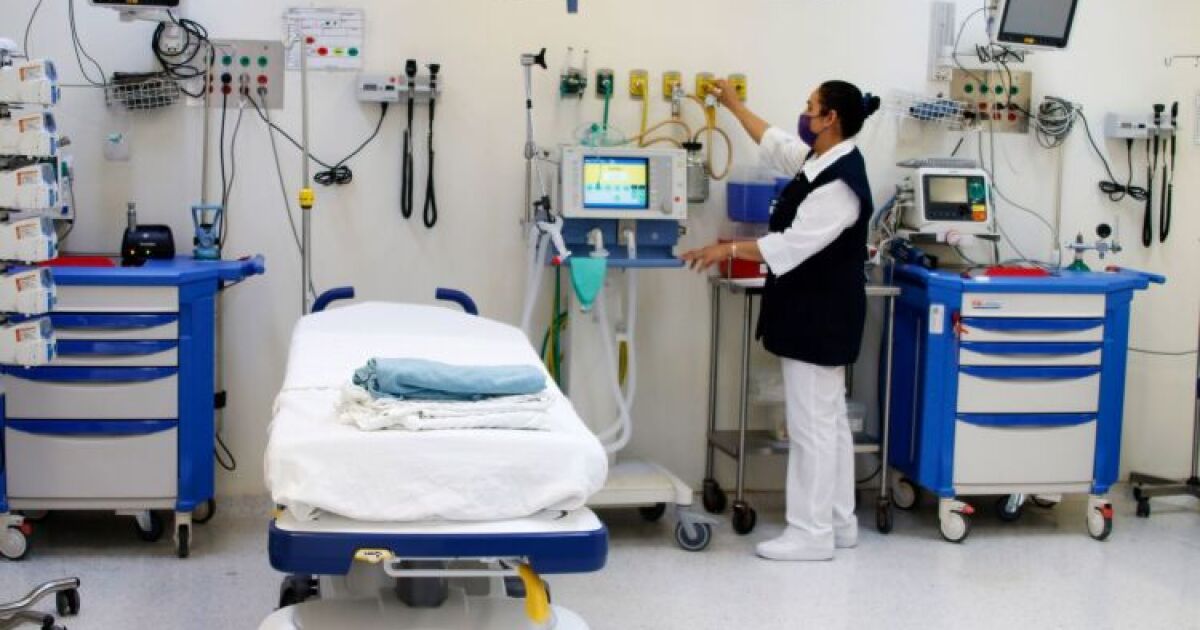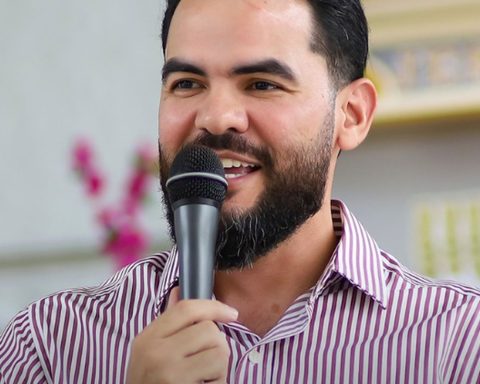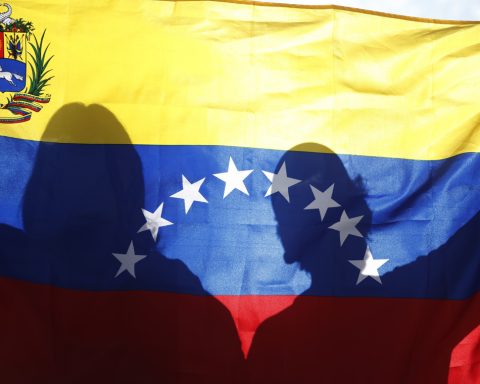Doctors and infrastructure
In the case of health personnel, although there has been progress, it still does not exceed the number of doctors that they have in Denmark. In that country, there were 1,000 doctors registered 4.4 doctors per 100,000 inhabitants in 2021, while Mexico then had 2.5 for the same rate.
Regarding nurses, Denmark has 2 for every doctor and in Mexico there is one for every doctor, according to statistics from the Organization for Economic Cooperation and Development (OECD).
The Danes also have more hospital beds, 2.5 per 100,000 people, while the Mexicans have one bed.
And although the number of medical professionals, infrastructure and access to supplies are relevant indicators, Dr. Malaquías points out that the available government data do not allow the authorities’ claims to be verified or the official interpretation is not correct.
These arguments that the president uses are not supported. We need to back up the statements with hard information or they are not indicators,”
Malaquias Lopez Cervantes, professor at the Faculty of Medicine of the UNAM
It is true that there is progress in the delivery of medicines in public hospitals, but in In 2023, 7.5 million prescriptions were still not fully filled, as documented by the Cero Desabasto collective.
Low budget in health
Other health indicators that the federal government does not consider include spending on the sector, life expectancy, maternal and infant mortality, and coverage.
In the report Health at a Glance 2023. OECD Indicators, Mexico had the lowest results among the four Latin American countries that are members of the organization.
For example, Mexico is one of the nations with the lowest investment in health. While Denmark invests 6,280 dollars per person, in our country the figure is 1,180 dollars.
Low funding impacts the quality of health services and also makes it difficult to increase coverage. While In Denmark, 100% of the population has access to medical services, Mexico ranks last among OECD countries in coveragewhich reaches 72% of the population.
“If someone says that we are doing well, they are not really looking at the budget, the operation or the organization of the health system. In reality, they are ignoring things,” explains Rodolfo de la Torre, director of Social Mobility at the Espinosa Yglesias Research Center, in a recent interview.
Due to the lack of universal coverage, a larger proportion of people must pay for medical services themselves, which is called “out-of-pocket spending.” In Mexico, it represented the 3.9% of total household expenditure on health care goods and services, while in Denmark it is 3%.
“People have to pay a lot out of their own pockets to be able to afford care when they need it. A good public service should cover all costs so that people receive the service when they need it,” adds the UNAM academic.
















